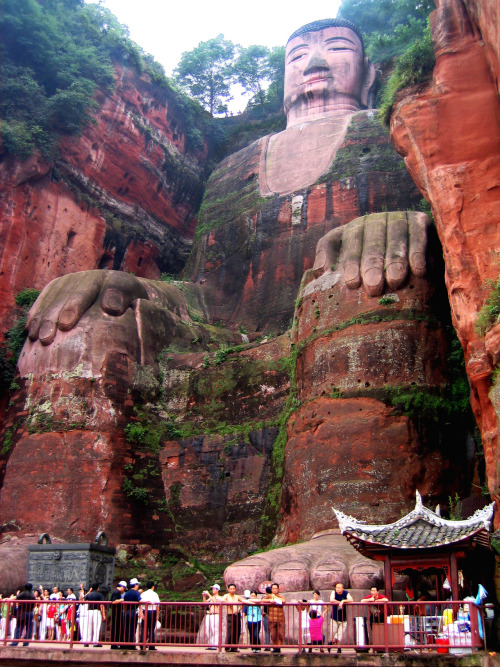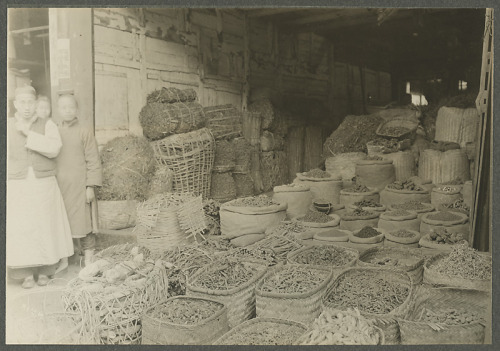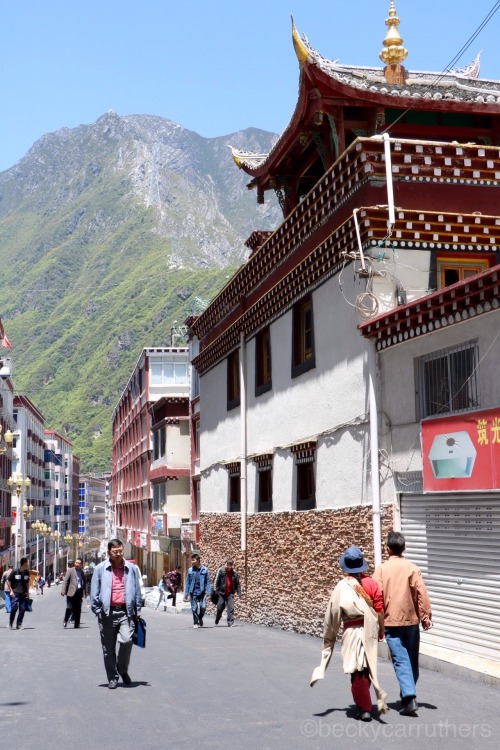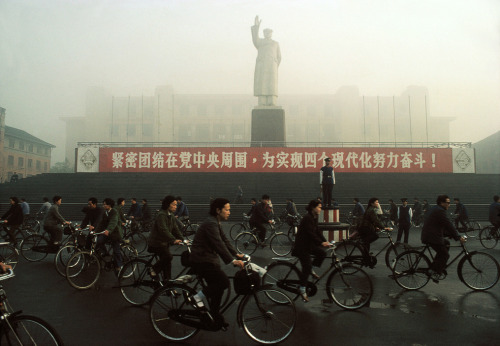#sichuan
This is takin “kid”, or goat-antelope, is native to Tibet and the northern provinces of China. The takin is classified as vulnerable and inhabits the same bamboo forests as the giant panda. Its large, moose-like snout (more pronounced in adults) contains vast sinus cavities to warm and moisten the frigid mountain air before it gets to the sensitive lungs. This process prevents them from losing body heat while breathing.
Post link
An 11-month old panda cub takes a nap in a tree.
Chengdu Research Base of Giant Panda Breeding. Chengdu, Sichuan, China. June 18, 2015.
Photo credit: Tom Sobien
Post link
The Leshan Giant Buddha in Sichuan province of China. Construction of this massive statue began in 713 AD, and was completed in 803 AD. So much excavated stone was deposited in the river, that the water currents were changed and the river became safe for boats.
Post link





If you want to see glaciers and alpine plants, go to western Sichuan, you won’t be disappointed. Daocheng Yading National Park.
Post link
soldiers of the Tibetan army in Shigatse, 1938
The Tibetan Army was established in 1913 by the 13th Dalai Lama, who had fled Tibet during the 1904 British invasion of Tibet and returned only after the fall of the Qing power in Tibet in 1911. During the revolutionary turmoil, the Dalai Lama had attempted to raise a volunteer army to expel all the ethnic Chinese from Lhasa, but failed, in large part because of the opposition of pro-Chinese monks, especially from the Drepung Monastery. The Dalai Lama proceeded to raise a professional army, led by his trusted advisor Tsarong
The Tibetan Army held the dominant military strength within political Tibet from 1912, owing to Chinese weakness during the Japanese occupation of China. With the assistance of British training, it aimed to conquer territories inhabited by ethnic Tibetans but controlled by Chinese warlords, and it successfully captured western Kham from the Chinese in 1917
Tibet’s military control was located in Qamdo from 1918. During this time, the Sichuan warlords were busy fighting the Yunnan warlords, allowing the Tibetan army to defeat the Sichuan forces and conquer the region. The Tibetan Army was involved in numerous border battles against the Guomindang (KMT) and Ma Clique forces of the Republic of China. In 1932, the KMT defeated the Tibetan army, driving them out of Kham.
Their first encounter with the People’s Liberation Army was in 1950, when they took over Dengo, and after failed negotiations initiated the Battle of Qamdo, marking the Chinese occupation of Tibet that continues to this day.
Post link
Running on the roof of the world at 15,000 feet in Yading Nature Reserve.
Photo: Bryon Powell
Post link
Return to Tibet, arriving into Kham:
A few days ago I finally returned to the high plateau of Tibet, the amazing country that has become home to me over the last few years.
This time it’s different though - after living for two years in the holy capital city of Lhasa, in central Tibet, I have now come to the far east of the plateau to explore the ancient eastern province of Kham (now in Sichuan Province of China).
My journey begins in Dartsendo, also known as Kangding in Chinese, the traditional gateway city to the region.
A six hour car journey directly west from Chengdu, Dartsendo is a deceptively large town that springs up along the banks of two rivers that flow through a deep mountain valley.
The sides of the valley are so steep that building on them is impracticable, so the narrow valley floor is densely packed with high-rise apartments, factories, and offices.
A few days in Dartsendo has given me a taste of what is to come on my continuing journey through Kham - negatively the struggles with adapting my Lhasa-dialect Tibetan language skills into Kham-dialect, but positively the feeling of peace and joy that I get from being in the mountains surrounded by Tibetan Buddhist people and buildings.
Kham dialect has only a few pronunciation differences from Lhasa dialect, but many differences in vocabulary which I am currently endeavouring to familiarise myself with, thanks to a helpful book lent to me by the owner of Zhilam Hostel where I am staying.
The altitude here isn’t particularly high - only about 2500m - but it’s enough to give the air a certain clarity that I missed while living at sea level over the last few months.
Upon arrival here in the town I was treated to the perfect blue sky that Chengdu had definitely been lacking during my stay there. At last, I felt, I had made it back to Tibet.
The journey begins!
Post link
Suan La Fen (Hot and Sour Noodle Soup, 酸辣粉)
Suan la fen is a bowl of tender springy potato noodles smothered in a rich savory hot and sour soup topped with crispy pork and peanuts.Recipe =>https://omnivorescookbook.com/suan-la-fen/
Post link
I’ve written about Wu Liang Ye, New York City’s best Chinese restaurant not in Chinatown, before here. But after a return visit last week, our first time back in over three years since moving to Shanghai, I wanted to post an update, which is… THEY’RE JUST AS GOOD AS EVER!
I went for dinner with colleagues from China and they were equally impressed with the flavors and authenticity of each dish. Here’s a look at some of what we had, and I say “some” as many seafood dishes were not put on the table, but served directly to our plates before I could snap a pic, like their wonderful shrimp and asparagus with garlic.
Appetizer combo with the classic Sichuan cold beef trio of tripe, brisket and tendon…
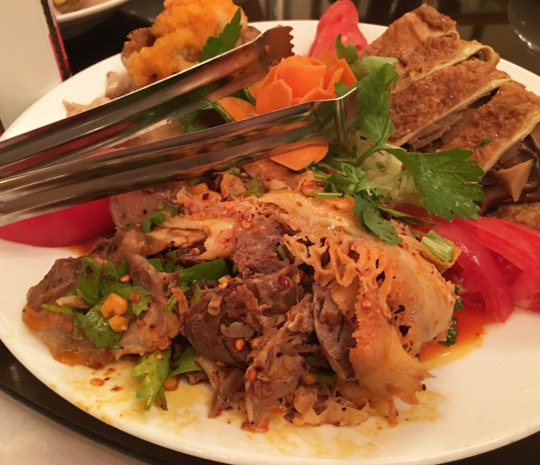
My go-to dish at WLY, razor clams with a Sichuan peppercorn & scallion vinaigrette…
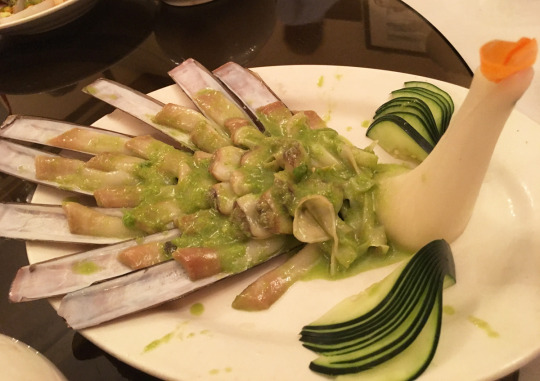
My fellow diners had never seen a dish like this before and were equally impressed by its taste and presentation…

Double cooked “bacon” with hot peppers…
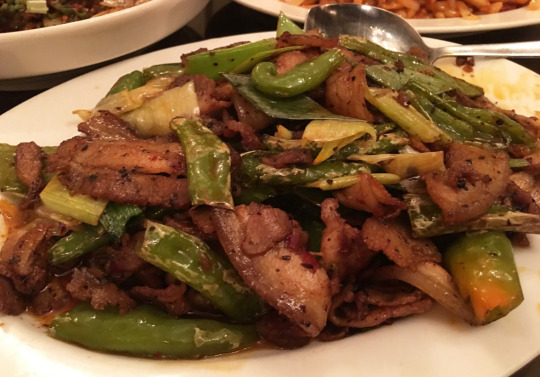
Shredded chicken in spicy garlic sauce…

Sauteed beef filets in spicy tea sauce…

A tongue-numbing mapo tofu…

And “Ants on a Tree”, which is stir-fried cellophane noodles with minced pork…

While they sell beer, Wu Liang Ye will allow BYOB for special occasions, like this bottle of Moutai that arrived from Beijing with our guests that morning…

With all the changes we’ve seen across this city since coming home, it’s nice to find that things have remained the same here at Wu Liang Ye!
WU LIANG YE
36 W 48th St.
NY, NY 10036
212-398-2308
Flickr Hero of the Week:
Larung Gar, Tibetan Buddhist city in Sichuan, China by Valerian Guillot
Interested in having your photo featured as a cover image on our social media channels? Join the Flickr Heroes group on Flickr!

Holy Water Temple, Mianyang / China (by Jiyi Lee).

Yibin II (Bathers), Sichuan Province, China, 2007 (From “Yangtze, The Long River 2006-2007”)
Photo:Nadav Kander
Chinese paramilitary police carry a survivor after an 7.0-magnitude earthquake in Jiuzhaigou county, Ngawa prefecture, Sichuan province, China.
Chengdu Economic Daily/Wang Qin via Reuters
Post link
China, Sichuan Chengdu, 1980
from “China from Mao to Modernity” photo series
Photographed by Bruno Barbey
Post link




